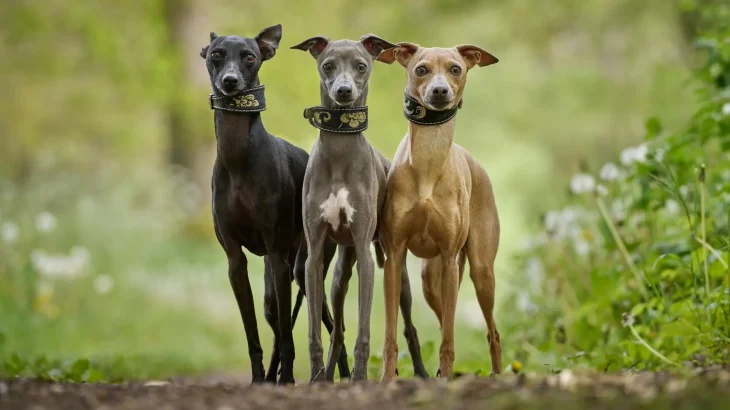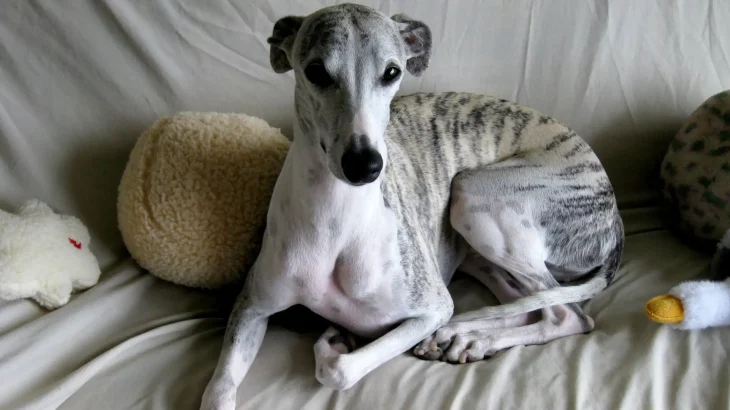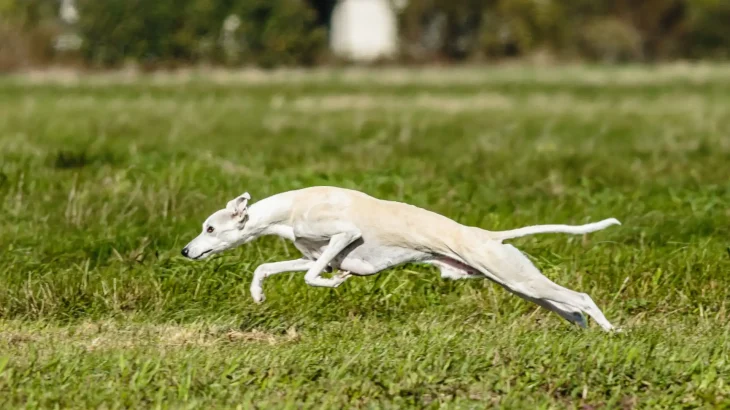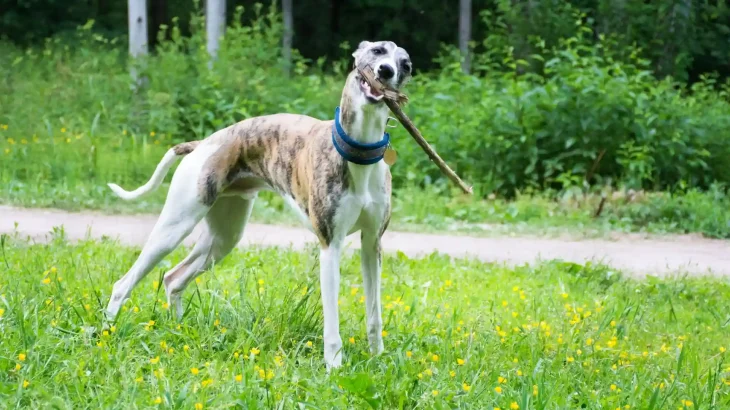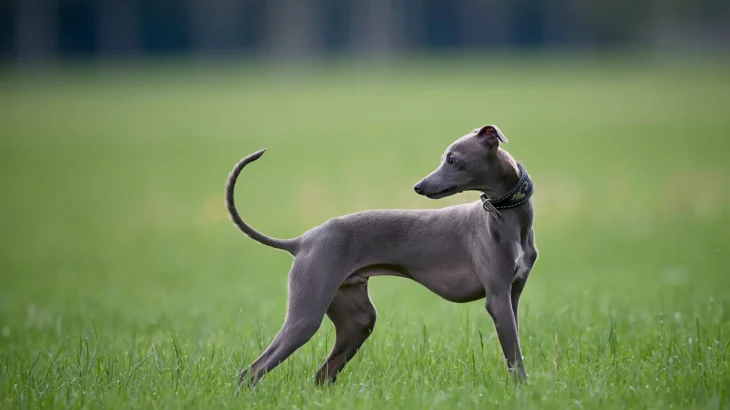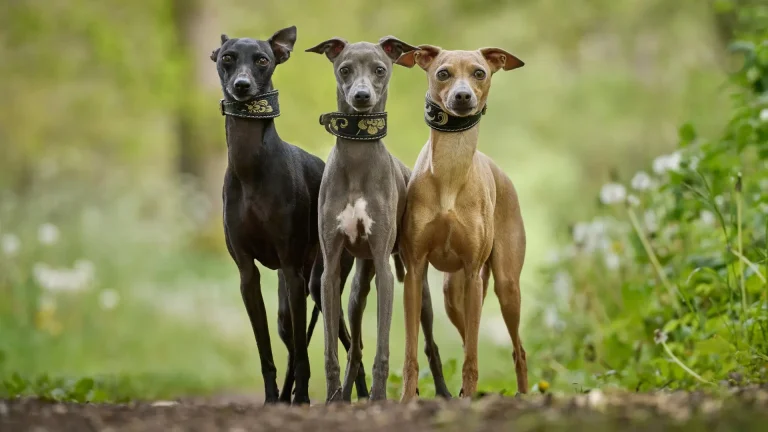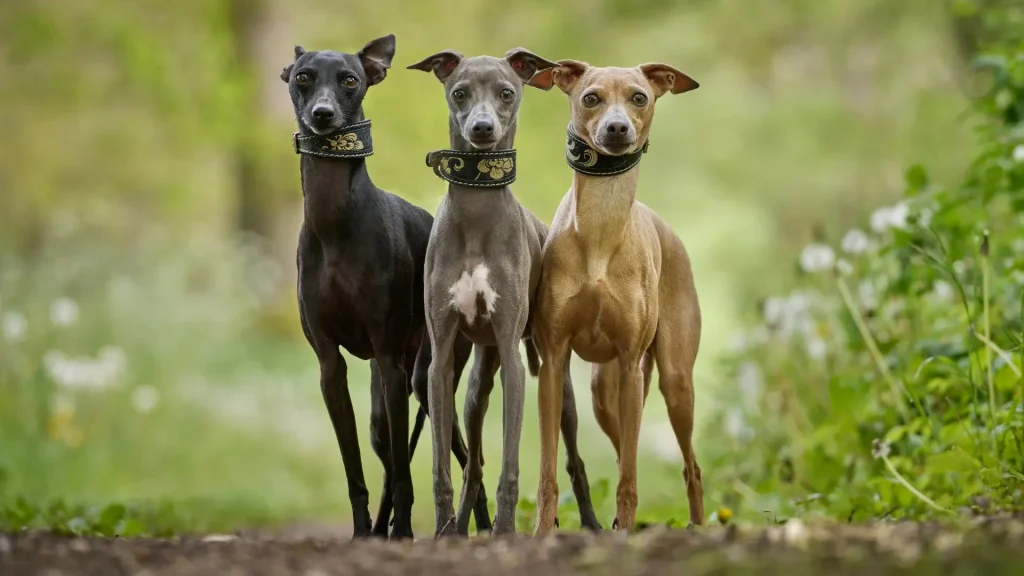Deciding whether to adopt or purchase a Whippet puppy involves weighing the predictability of health and lineage against the chance to provide a home to a dog in need. Buying from a reputable breeder often offers detailed health and pedigree information, while adoption supports animal welfare and may involve less cost but with less certainty about the dog's background.
Adoption vs. Breeder: Pros & Cons
| Criteria | Buying from Breeder | Adopting from Shelter/Rescue |
|---|---|---|
| Cost | Higher initial cost reflecting breed purity and lineage. | Lower fees, often including vaccinations and spay/neuter. |
| Health History | Detailed records and genetic screening usually provided. | Health background may be uncertain, though basic checks are done. |
| Age Availability | Typically puppies, allowing early bonding and training. | Wide range of ages, including adults and seniors. |
| Temperament Insight | Breeders can offer info based on lineage traits. | Known behaviors observed by shelter staff, but full history unknown. |
| Supporting Practices | Supports ethical breeding programs; ensure breeder credibility. | Supports animal welfare by rescuing a dog in need. |
| Ethical Considerations | Risk of supporting irresponsible breeders if not careful. | Promotes reducing shelter populations and rehoming dogs. |

